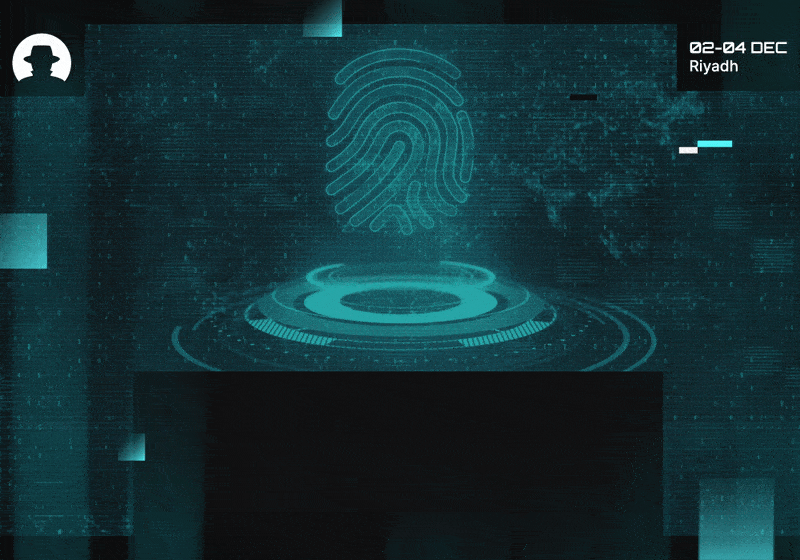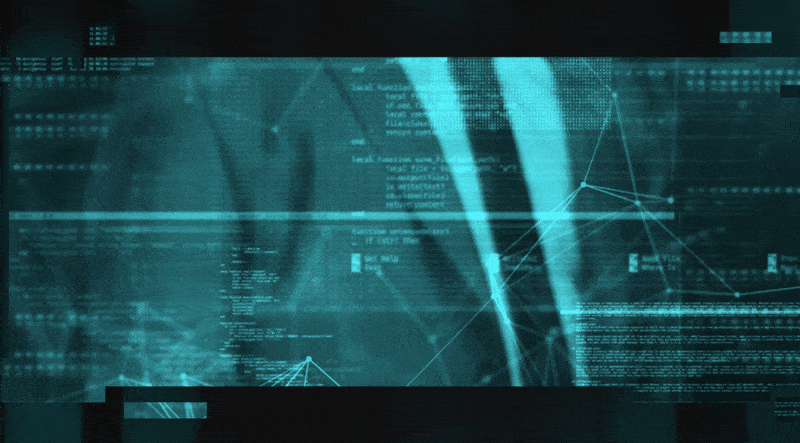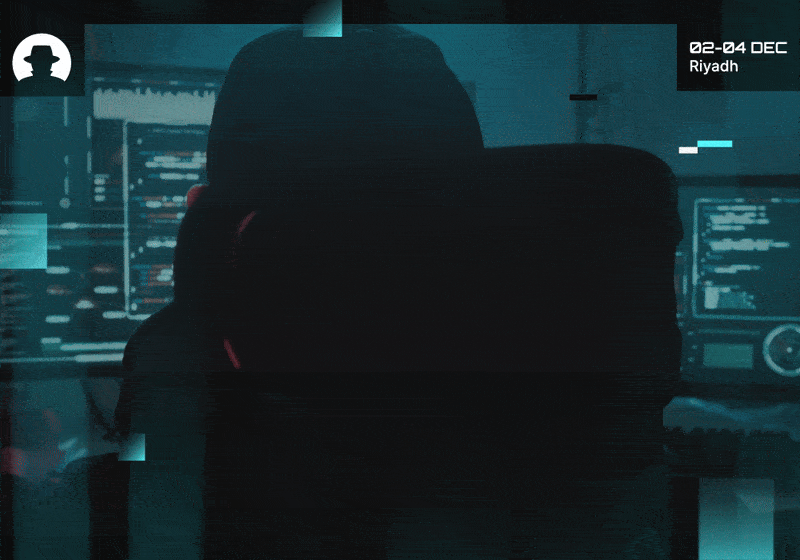
How synthetic identities are becoming a global fraud engine
Synthetic identity fraud is accelerating fast as GenAI supercharges deepfakes, onboarding attacks and fraud rings. Here’s what CISOs need to know now.
Read More
Discover insights, inspiration, and exclusive interviews from the global Black Hat MEA community – in your inbox every week.
The art of balance.
Because we’ve been writing about the value of red teaming on the blog this week. We think every strong security programme lives in tension – between attack and defence, chaos and control, pressure and precision.
It’s a balance.
The most mature cybersecurity teams know that offensive and defensive strategies are two expressions of the same goal: resilience.
Red teams simulate how real attackers think and act. Blue teams defend against them, detecting intrusions, closing gaps, and strengthening the system with every round.
And somewhere between them lies the sweet spot: collaboration – the point where both sides stop competing and start co-creating better defences.
It’s not about breaking things for the sake of it. Offensive security is a powerful way to learn where things break – and why.
Red Teams run controlled simulations that replicate live adversaries; experimenting with phishing campaigns, lateral movement, credential abuse, and persistence. The goal is to expose blind spots that compliance audits can’t.
The UK’s National Cyber Security Centre recommends scenario-based exercises as a key way for organisations to understand and strengthen their cyber resilience. And Microsoft’s 2024 digital defence report notes that organisations that invest in proactive testing and simulation improve their detection and response capabilities significantly – shortening the time between compromise and containment.
These are learning loops; a way to force defenders to think creatively and stress-test their assumptions, while they experience what an attacker sees when facing their network.
Compared with red, blue teams often work in the shadows; but their craft is just as important, and no less sophisticated.
Their mission is to build muscle memory – from log analysis to threat hunting; incident response to recovery planning.
Where red teams expose flaws, blue teams create systems that can flex under pressure. And the best defenders now treat every simulated breach as a chance to refine detection logic and automation workflows.

Modern security culture is moving beyond red versus blue thinking. Now, we’re seeing an increased fusion of both disciplines that prioritises shared intelligence and joint exercises, and leverages rapid feedback to strengthen an organisation’s security posture.
It’s a more philosophical approach: attack informs defence, defence improves attack, and together they create adaptive resilience.
And at its best, this collaboration can transform how organisations view risk. Red team findings are used as inputs for budget planning, policy updates, and board-level risk reviews; while blue teams feed intelligence back into offensive testing.
Together, red and blue bring rhythm and balance; testing and protecting, pressure and preparedness. And like any finely tuned craft, strength and skill comes from learning to hold both in harmony.
Bots, AI, and the new front line: Should blue teams start thinking like attackers?
Join the newsletter to receive the latest updates in your inbox.

Synthetic identity fraud is accelerating fast as GenAI supercharges deepfakes, onboarding attacks and fraud rings. Here’s what CISOs need to know now.
Read More
New data shows where CFOs are putting their money – and how CISOs can position cybersecurity amid AI hype and tech transformation pressures.
Read More
In Dune, power flows to the one who can destroy a thing. In cybersecurity, attackers now hold similar leverage over identity and systems.
Read More